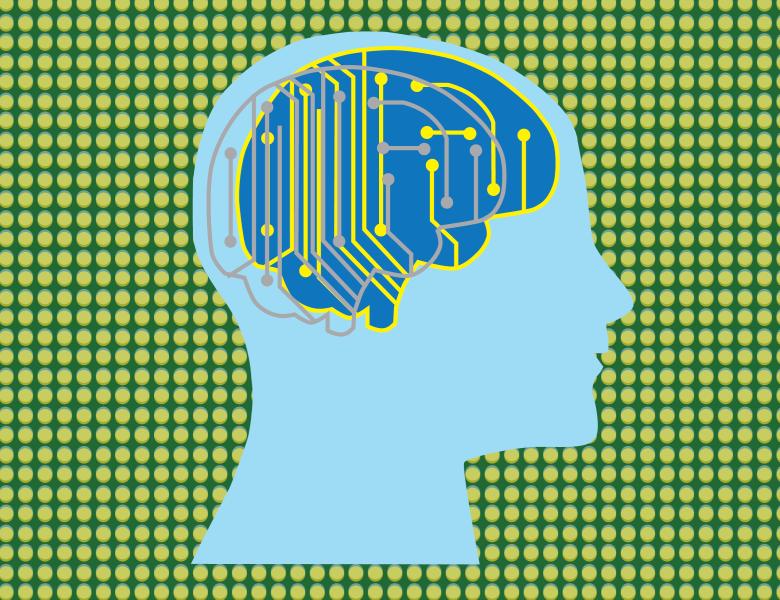
Abstract
Visual stimuli evoke activity in visual cortical neuronal populations. Neuronal activity can be selectively modulated by particular visual stimulus parameters, such as the direction of a moving bar of light, resulting in well-defined trial averaged tuning properties. However, a large number of neurons in visual cortex remain unmodulated by any given stimulus parameter, and the role of this untuned population is not well understood. Here, we use two-photon calcium imaging to record, in an unbiased manner, from large populations of layer 2/3 excitatory neurons in mouse primary visual cortex to describe co-varying activity on single trials in neuronal populations consisting of both tuned and untuned neurons. Specifically, we summarize pairwise covariability with an asymmetric partial correlation coefficient, allowing us to analyze the resultant population correlation structure, or functional network, with graph theory. Using the graph neighbors of a neuron, we find that the local population, including both tuned and untuned neurons, are able to predict individual neuron activity on a moment to moment basis and while also recapitulating tuning properties of tuned neurons. Variance explained in total population activity scales with the number of neurons imaged, suggesting larger sample sizes are required to fully capture local network interactions. We also find that a specific functional triplet motif in the graph results in the best predictions, suggesting a signature of informative correlations in these populations. In summary, we show that unbiased sampling of the local population can explain single trial response variability as well as trial-averaged tuning properties in V1, and the ability to predict responses is tied to the occurrence of a functional triplet motif.


